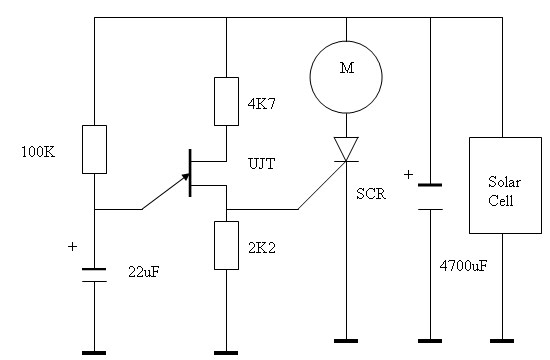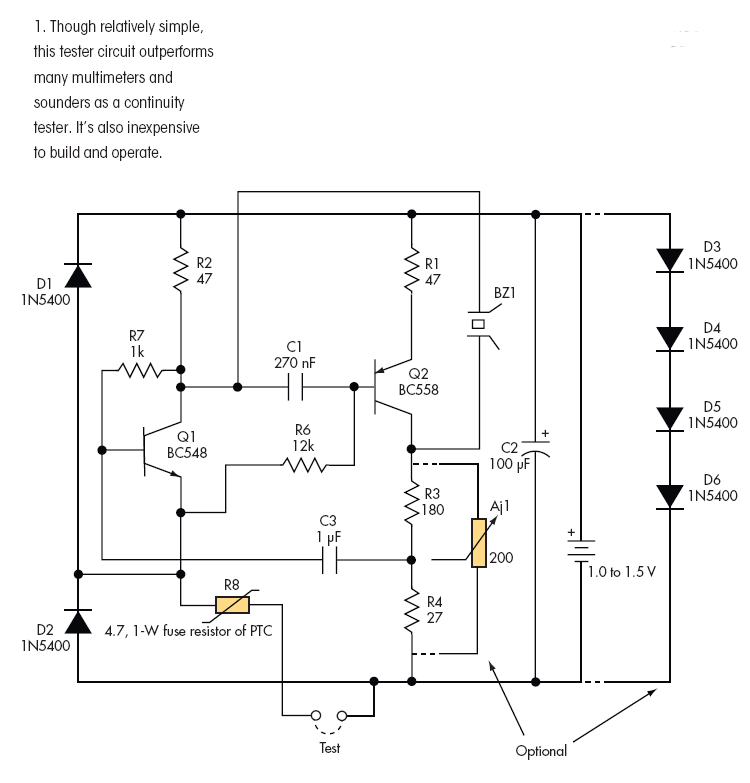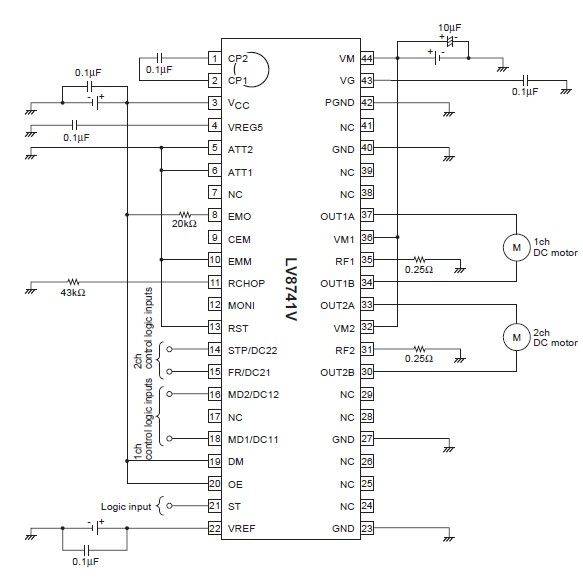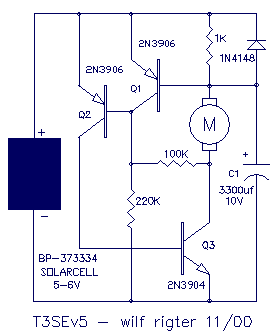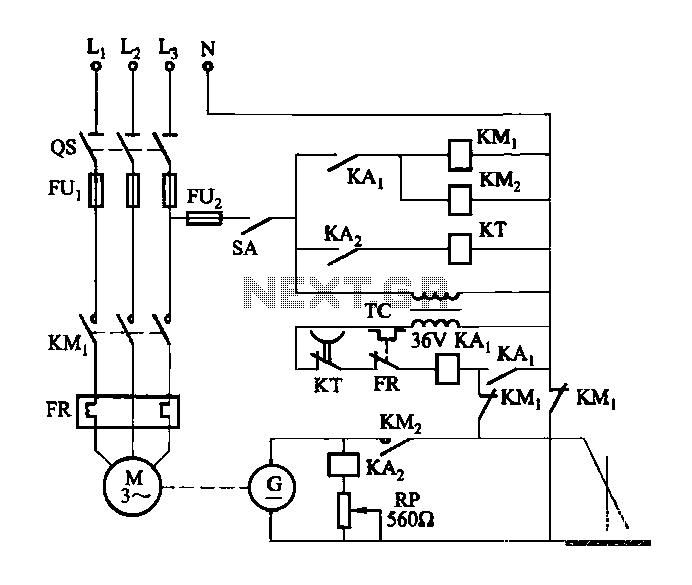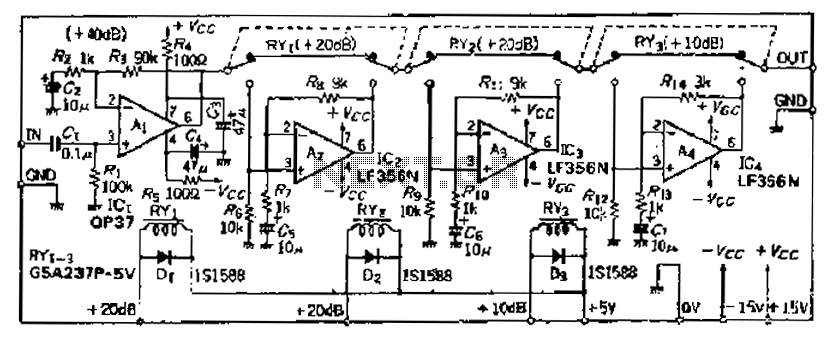
MCP1640 5V step up from 4V solar cells
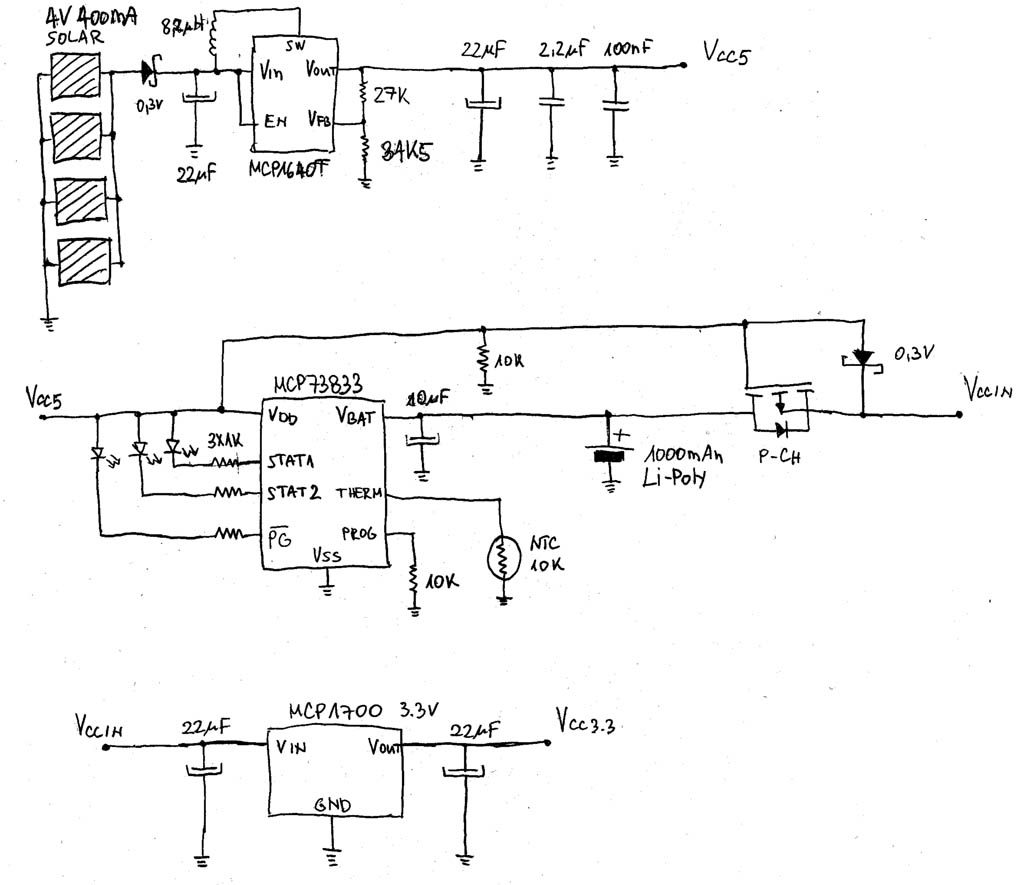
A solar and battery-powered FSK transmitter is designed with a focus on the power supply section, including battery management. The primary objective is to charge the battery and supply power to the transmitter during the day using solar cells, while utilizing the battery during nighttime and low-light conditions. The project utilizes inexpensive 4V 100mA solar cells, which are arranged in parallel to feed into an MCP1640 voltage step-up converter to achieve a 5V output. This 5V is then used to power an MCP73833 battery charger, which is connected to a p-channel MOSFET according to application note AN1149. Finally, an MCP1700 is employed to provide a regulated 3.3V power supply. Although the proposed configuration is expected to function effectively on sunny days, concerns arise regarding its performance during low-light conditions and the transition between day and night. The potential issue is that as light diminishes, the voltage from the solar cells decreases, which can lead to an increase in current draw and a subsequent drop in voltage that may cause the MCP1640 to shut down, resulting in the battery taking over. It is questioned whether the voltage from the solar cells could recover sufficiently to restart the MCP1640 when the current load is turned off, possibly leading to oscillation. The discussion also highlights the uncommon practice of wiring solar cells in parallel, suggesting that a more conventional approach would involve connecting solar panels in series to achieve a higher voltage for charging the battery, typically through a step-down converter, followed by a voltage regulator to power the circuit. The importance of using matched solar cells when wiring in parallel is emphasized, along with the suggestion to seek 0.5V cells for a series configuration. The author notes that ensuring the solar panel output exceeds the battery voltage has been a successful strategy in previous solar projects.
A comprehensive electronic schematic description for the solar and battery-powered FSK transmitter includes several critical components and their interconnections. The system starts with four 4V 100mA solar cells arranged in parallel, which combine their current output while maintaining a voltage of 4V. This configuration feeds into the MCP1640, a boost converter designed to step up the voltage to 5V. The MCP1640 is selected for its efficiency in low-power applications, but it is essential to consider its behavior under varying light conditions. The output of the MCP1640 is connected to the MCP73833, a lithium-ion battery charger that operates with a 5V input. The MCP73833 manages the charging process, ensuring that the battery is charged safely and efficiently.
The p-channel MOSFET, configured according to application note AN1149, acts as a switch to control the connection between the battery and the load. This allows for seamless transitions between solar power and battery power, depending on the availability of solar energy. The MCP1700 voltage regulator is then utilized to provide a stable 3.3V output to power the transmitter circuit.
Considerations for the circuit design include the potential for the solar cells' output voltage to drop during low-light conditions. As the light diminishes, the voltage may decrease, leading to increased current draw and potential shutdown of the MCP1640. If the load is disconnected, it is possible for the solar cells to recover their voltage, allowing the MCP1640 to restart. However, this behavior can lead to oscillations if not properly managed.
For improved efficiency and reliability, it is recommended to connect solar cells in series to achieve a higher voltage output, which can then be regulated down to the necessary levels for charging the battery and powering the circuit. This approach mitigates the challenges associated with parallel wiring and ensures that the solar array consistently provides sufficient voltage to operate the system effectively across varying light conditions. Additionally, selecting matched solar cells or employing a combination of series and parallel configurations can enhance performance and reliability in the overall design of the solar-powered FSK transmitter.Solar/battery powered FSK transmiter regarding power supply section, including battery management. My main goal is to charge battery and supply power to the transmitter over day via solar cells and use battery over night and during low light periods. Since I have access to relatively cheap 4V 100mA (under lo ad) solar cells, I intended to use following combination. Feed four solar cells in parallel to MCP1640 to step up voltage to 5V, use 5V to power MCP73833 battery charger, connected to p-channel mosfet according to application note AN1149, and at the end use MCP1700 for 3. 3V regulated power supply. Hand drawn schematic is provided in the picture. I`m pretty certain that this combination would work during sunny days, but as for the low light periods and day-night transitions I think this circuit is full of holes, since I really don`t know how MCP1640 would behave with solar cells in this situation.
With diminishing light, voltage on solar cells would drop, current draw will further increase this drop to the point when MCP1640 shut it self down and the battery kicks in. Is it possible that with current load turned off, voltage on solar cell would jump to the point where MCP1640 would be able to start working and system would start oscillating Look I havn`t looked at your project this in depth, but its not that comon to wire us solar cells in parrallel.
Perhaps this is the first area you should look at. A more common setup would be to have a solar array, with a high voltage - panels in series. These feed into the battery (normaly setupdown converter) and then a voltage regulator from this to your circuit. Yes, you are right about parallel wiring. Only way to wire them that way is to have perfectly matched solar cells, pretty much an impossible task.
I will look elsewhere for 0. 5V cells to wire them in series. Though you can do clever things, on solar projects I`ve just made sure that the solar panel output a higher voltage then the battery, used this (via stepdown) to charge the battery and taken power from this. Not had any issues with the approach. 🔗 External reference
A comprehensive electronic schematic description for the solar and battery-powered FSK transmitter includes several critical components and their interconnections. The system starts with four 4V 100mA solar cells arranged in parallel, which combine their current output while maintaining a voltage of 4V. This configuration feeds into the MCP1640, a boost converter designed to step up the voltage to 5V. The MCP1640 is selected for its efficiency in low-power applications, but it is essential to consider its behavior under varying light conditions. The output of the MCP1640 is connected to the MCP73833, a lithium-ion battery charger that operates with a 5V input. The MCP73833 manages the charging process, ensuring that the battery is charged safely and efficiently.
The p-channel MOSFET, configured according to application note AN1149, acts as a switch to control the connection between the battery and the load. This allows for seamless transitions between solar power and battery power, depending on the availability of solar energy. The MCP1700 voltage regulator is then utilized to provide a stable 3.3V output to power the transmitter circuit.
Considerations for the circuit design include the potential for the solar cells' output voltage to drop during low-light conditions. As the light diminishes, the voltage may decrease, leading to increased current draw and potential shutdown of the MCP1640. If the load is disconnected, it is possible for the solar cells to recover their voltage, allowing the MCP1640 to restart. However, this behavior can lead to oscillations if not properly managed.
For improved efficiency and reliability, it is recommended to connect solar cells in series to achieve a higher voltage output, which can then be regulated down to the necessary levels for charging the battery and powering the circuit. This approach mitigates the challenges associated with parallel wiring and ensures that the solar array consistently provides sufficient voltage to operate the system effectively across varying light conditions. Additionally, selecting matched solar cells or employing a combination of series and parallel configurations can enhance performance and reliability in the overall design of the solar-powered FSK transmitter.Solar/battery powered FSK transmiter regarding power supply section, including battery management. My main goal is to charge battery and supply power to the transmitter over day via solar cells and use battery over night and during low light periods. Since I have access to relatively cheap 4V 100mA (under lo ad) solar cells, I intended to use following combination. Feed four solar cells in parallel to MCP1640 to step up voltage to 5V, use 5V to power MCP73833 battery charger, connected to p-channel mosfet according to application note AN1149, and at the end use MCP1700 for 3. 3V regulated power supply. Hand drawn schematic is provided in the picture. I`m pretty certain that this combination would work during sunny days, but as for the low light periods and day-night transitions I think this circuit is full of holes, since I really don`t know how MCP1640 would behave with solar cells in this situation.
With diminishing light, voltage on solar cells would drop, current draw will further increase this drop to the point when MCP1640 shut it self down and the battery kicks in. Is it possible that with current load turned off, voltage on solar cell would jump to the point where MCP1640 would be able to start working and system would start oscillating Look I havn`t looked at your project this in depth, but its not that comon to wire us solar cells in parrallel.
Perhaps this is the first area you should look at. A more common setup would be to have a solar array, with a high voltage - panels in series. These feed into the battery (normaly setupdown converter) and then a voltage regulator from this to your circuit. Yes, you are right about parallel wiring. Only way to wire them that way is to have perfectly matched solar cells, pretty much an impossible task.
I will look elsewhere for 0. 5V cells to wire them in series. Though you can do clever things, on solar projects I`ve just made sure that the solar panel output a higher voltage then the battery, used this (via stepdown) to charge the battery and taken power from this. Not had any issues with the approach. 🔗 External reference
